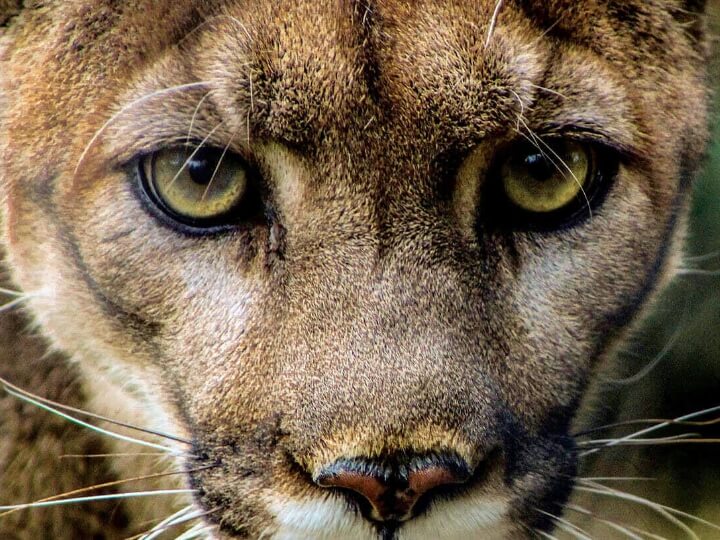Meet Our Animals

Experience awe-inspiring species from the animal kingdom at ZooAmerica®, representing 5 diverse regions of the North American continent. Discover unique zoo animals from the hot, dry deserts of the southwest and the wild, expansive tundra forests of the north. Learn more about these regions and the amazing diversity of North American animals and vegetation native to them in the Zoo.
Showing

Ocelot
Twice the size of an average house cat, the ocelot is a sleek animal with a gorgeous dappled coat. Shy and...
View Ocelot Details
Common Vampire Bat
This nocturnal, flying mammal feeds exclusively on the blood of other animals. To eat the blood, the vampire bat...
View Common Vampire Bat Details
Mexican Beaded Lizard
The horrible one! These lizards are venomous! When threatened, beaded lizards hiss and open their mouths, giving...
View Mexican Beaded Lizard Details
Arizona Mountain Kingsnake
The Arizona Mountain Kingsnake is usually found in the higher elevations of the mountains. This snake inhabits...
View Arizona Mountain Kingsnake Details
Western Diamondback Rattlesnake
This is the largest of the western rattlesnakes. Due to its distinctive black and white tail bands, it is often...
View Western Diamondback Rattlesnake Details
Gila Monster
Of the 3,000 lizard species in the world, only the gila monster and the Mexican beaded lizard are venomous, and...
View Gila Monster Details












